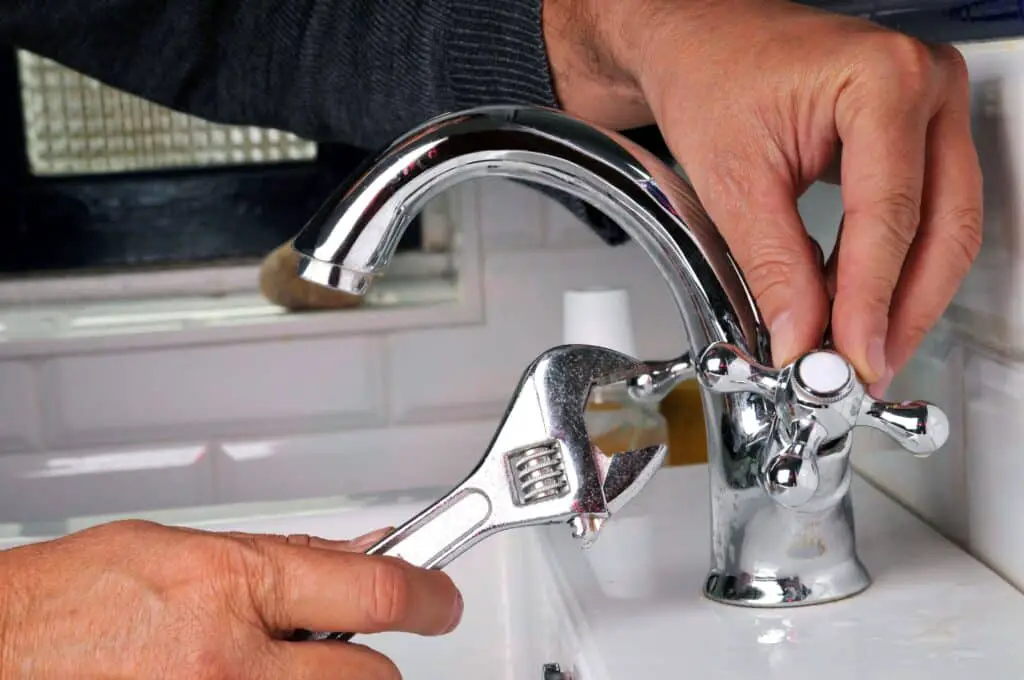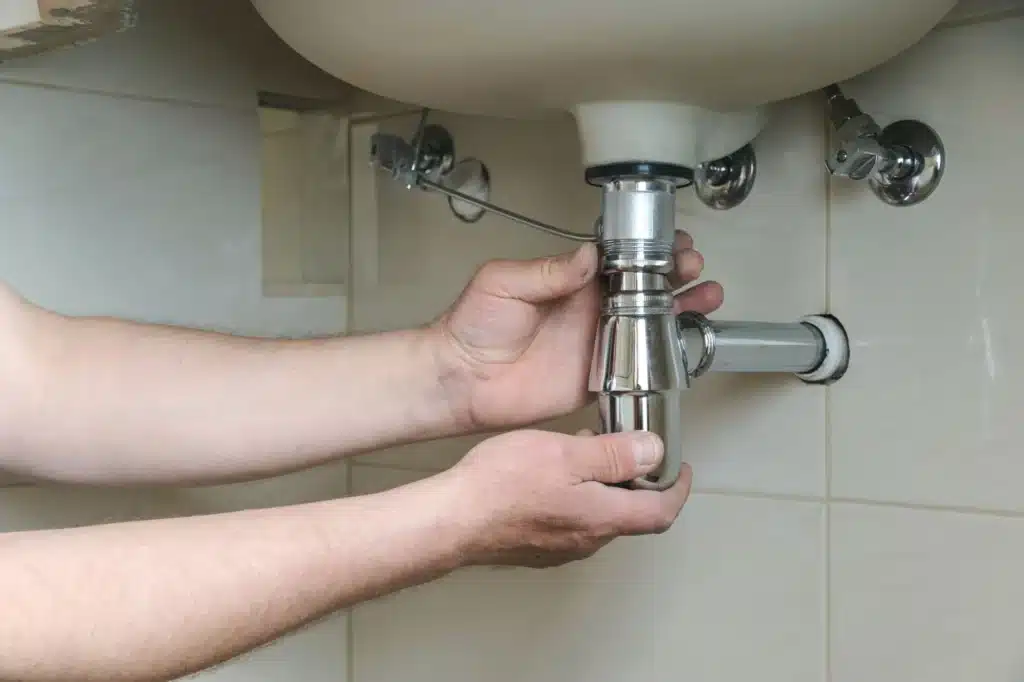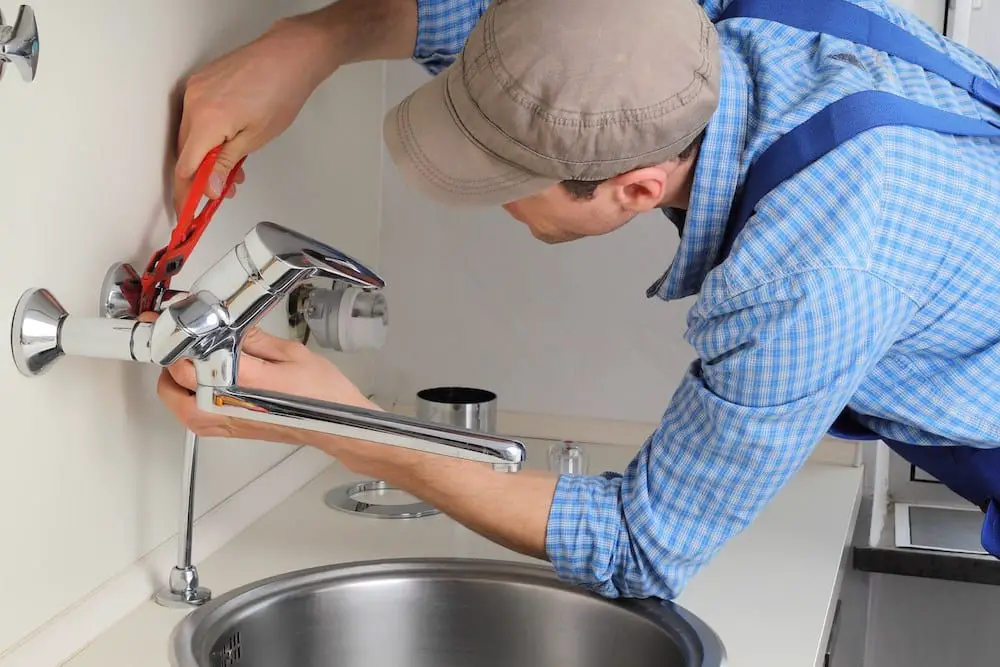How To Calculate Plumbing Fixture Count
Introduction
When designing or renovating a building, it is crucial to determine the appropriate number of plumbing fixtures to ensure the comfort and functionality of its occupants. Plumbing fixtures, such as toilets, sinks, showers, and urinals, play a vital role in maintaining hygiene and sanitation in residential, commercial, and public spaces. Calculating the plumbing fixture count involves considering various factors, including building codes, occupancy type, and the number of people expected to use the facility.
Accurate calculation of plumbing fixture count is essential for several reasons. Insufficient fixtures can lead to long queues, unsanitary conditions, and inconvenience for users, while an excess of fixtures can be wasteful and increase construction and maintenance costs. Therefore, it is crucial to follow established guidelines and standards to determine the optimal number of fixtures for a given space.
The process of calculating plumbing fixture count involves several steps. Firstly, understanding the occupancy type and intended use of the building is essential. Different occupancy types, such as residential, commercial, educational, or institutional, have specific requirements and regulations regarding plumbing fixtures. Additionally, building codes and local regulations often dictate the minimum fixture requirements based on occupancy load.

What Is The Fixture Unit Of Plumbing Fixtures?
Flow and drainage are measured in fixture units. It sizes pipes, determines system capacity, and maintains plumbing.
Units depend on water/waste and fixture use. Plumbing system load or fixture discharge rate. Measuring uses drainage fixture units.
Typical usage patterns, water consumption, and drainage were examined to derive fixture unit values. A toilet may have 3–4 fixture units, while a sink may have 1. Plumbing codes set fixture values. Additionally, the minimum pipe size for different fixture unit loads is defined to ensure flow capacity and avoid clogs.
What Is The Fractional Method Of Plumbing Fixtures Count?
Table A shows the occupant loads for an area. CPC Table 422.1 lets you split the estimated occupant load and allow fixtures per person. To figure out the plumbing parts, add up all the area fractions and round up.
Plumbers’ tools are often counted in fractions by designers. This method finds the fractional fastener count by looking at how many people are in the building and what its purpose is. This percentage shows how many of each type of fixture the building is likely to use. A toilet can be 1 and a sink can be 0.5.
To get the fixture count, add up all the odd numbers. Here is a list of all the building parts (EFUs). You need to know the EFU count to figure out pipe size, water flow, and plumbing system capacity. Plumbing rules in different areas give fixture fractions.
How Do You Calculate Water Fixture Units?
List the number of each property fixture under “Quantity”. Second, multiply by the number of fixture units in column “Private Use” or “Public Use”. Third, enter the result in the “Total column”.
Water consumption and usage determine plumbing fixture unit values. Fixture unit count determines water supply and pipe size. General water fixture unit calculation:
Plumbing fixtures: Find toilets, sinks, showers, bathtubs, and urinals.
Value fixture units: Determine fixture unit values for each kind using plumbing codes, standards, or guidelines. Fixture water demand or flow. A toilet may have 3 or 4 fixture units, while a bathroom sink may have 1.
When computing fixture units, multiply by the number of that type. Three sinks with unit values of 1 equal three fixture units.
Calculate the plumbing system’s fixture unit count by adding all fixture types.
What Is The Formula In Plumbing?
Determining the required flow for all water supply fixtures will be required in order to properly size the water supply piping. Starting with the basics in water pipe sizing, the basic flow equation is Q = VA, (Q = flow, V = velocity, and A = Area).
In plumbing, there are several formulas and calculations used to determine various aspects of a plumbing system’s design, capacity, and performance.
Flow Rate Formula:
The flow rate of water through a pipe can be calculated using the equation:
Q = A * V
where Q represents the flow rate (in gallons per minute or liters per second), A is the cross-sectional area of the pipe (in square feet or square meters), and V is the velocity of water (in feet per second or meters per second).
Pressure Loss Formula:
To determine the pressure loss in a pipe due to friction, the Darcy-Weisbach equation is commonly used:
ΔP = (f * (L / D) * (V^2)) / (2 * g)
where ΔP is the pressure loss (in pounds per square inch or pascals), f is the Darcy friction factor, L is the length of the pipe (in feet or meters), D is the diameter of the pipe (in feet or meters), V is the velocity of water (in feet per second or meters per second), and g is the acceleration due to gravity (32.2 ft/s^2 or 9.81 m/s^2).
Fixture Unit Calculation:
To determine the fixture unit count for a plumbing system, fixture unit values assigned to various fixtures are summed. The specific calculation may vary depending on local plumbing codes or standards.
How Do You Calculate Plumbing Grade?
To determine the pipe slope, subtract the two manhole inverts and divide the difference by the pipe distance and multiply by one hundred (100) to obtain the percent grade of the pipe.
Calculating plumbing grade involves determining the slope or gradient of a plumbing pipe to ensure proper flow and drainage within a plumbing system. The grade is crucial for ensuring that wastewater flows in the desired direction and doesn’t accumulate or cause blockages. Here’s a general approach to calculating plumbing grade:
Determine the pipe length: Measure the distance between the starting point and the endpoint of the pipe where you want to calculate the grade.
Determine the vertical rise or drop: Measure the change in elevation between the starting and ending points of the pipe. If the endpoint is higher than the starting point, it represents a rise, and if it is lower, it represents a drop.
Calculate the vertical change per unit of horizontal distance: Divide the vertical rise or drop by the horizontal distance. This calculation provides the slope or grade of the pipe.
Convert the grade to a percentage or ratio: To convert the slope to a percentage, multiply the calculated grade by 100. For example, if the calculated grade is 0.02, the percentage grade would be 2%. To express it as a ratio, use the rise as the numerator and the run (horizontal distance) as the denominator. For example, a ratio of 1:50 indicates a vertical rise of 1 unit for every 50 units of horizontal distance.
Verify with local codes and standards: Ensure that the calculated grade meets the requirements specified in local plumbing codes and standards. These regulations may define minimum slopes for different types of pipes and applications to ensure proper flow and drainage.

Why Is It Important To Calculate Plumbing Fixture Count?
Calculating the plumbing fixture count is crucial for designing a functional plumbing system. It ensures that the building or space has an adequate number of fixtures to meet the needs of its occupants, comply with plumbing codes and regulations, and maintain proper hygiene and sanitation.
Calculating plumbing fixture count is essential for several reasons when designing a plumbing system. Here are the key reasons why it is important:
Proper Pipe Sizing: The fixture count helps determine the required pipe size for water supply and drainage pipes in a plumbing system. By accurately calculating the fixture count, plumbing professionals can ensure that the pipes have sufficient capacity to handle the expected water flow and drainage demands. Undersized pipes can result in low water pressure, reduced performance, and potential blockages.
Water Supply Adequacy: The fixture count is directly related to the water supply requirements of a building. By calculating the fixture count, one can estimate the demand for water and ensure that the water supply system can meet the needs of the occupants. Insufficient water supply can lead to inadequate water pressure, reduced functionality of fixtures, and user dissatisfaction.
Drainage Capacity: Proper calculation of the fixture count helps determine the drainage capacity required for waste removal from plumbing fixtures. By understanding the number and types of fixtures in a building, one can design an effective drainage system that can handle the anticipated wastewater volume and prevent backups, clogs, and potential health hazards.
Plumbing Code Compliance: Plumbing codes and standards often specify minimum requirements for fixture counts based on building occupancy, fixture types, and usage patterns. Adhering to these codes ensures compliance with safety, health, and environmental regulations. Calculating the fixture count helps demonstrate compliance with these regulations and ensures the plumbing system meets the necessary standards.
Are There Any Additional Factors To Consider When Calculating Plumbing Fixture Count?
Yes, there may be additional factors to consider depending on the specific project and local codes. Some common factors include the type of building or occupancy, accessibility requirements, special fixtures such as medical or laboratory equipment, and any specific regulations related to water conservation or efficiency.
Here are a few important factors to consider:
Fixture Usage: The usage patterns of fixtures play a significant role in determining the fixture count.
Fixture Types: Different fixture types have varying water consumption rates and drainage requirements. For example, a shower typically uses more water compared to a bathroom sink.
Fixture Efficiency: Consideration should be given to fixtures that have water-saving or low-flow features. These fixtures consume less water compared to traditional fixtures, which can impact the fixture count calculation. Incorporating efficient fixtures can help reduce overall water consumption and improve the sustainability of the plumbing system.
Special Requirements: Some buildings may have specific plumbing requirements due to their function or industry. For instance, healthcare facilities, laboratories, or food establishments may have unique fixtures or specialized plumbing needs that require careful consideration during the fixture count calculation.
Can I Use An Online Calculator Or Software To Calculate Plumbing Fixture Count?
Convenience and Efficiency: Online calculators and software allow users to enter parameters and determine fixture count automatically. This saves time over manual calculations.
Precision and Reliability: Plumbing system designers create many online calculators and software applications. They use current plumbing codes and standards for accurate results. Before using a tool or software’s computations, check its legitimacy and repute.
Comprehensive Analysis: These technologies can help design and optimize the plumbing system by providing a more complete understanding of its needs.
Compatible with Local Regulations: Online calculators and software must comply with your local plumbing codes. Online tools may not meet local plumbing standards, so check results with local codes.
Professional judgment: Online calculators and software tools are useful, but they should be utilized with professional judgment and knowledge. Some plumbing system design factors may require human interpretation and decision-making based on project requirements.

Conclusion
Calculating the plumbing fixture count is a crucial aspect of building design and renovation, as it directly impacts the comfort, convenience, and sanitation of the occupants. By following established guidelines and considering various factors, designers and contractors can determine the optimal number of fixtures required for a specific space. We have emphasized the importance of understanding occupancy type, building codes, and local regulations to ensure compliance and meet the needs of users.
Accurate estimation of fixture count requires careful evaluation of the number of occupants expected to use the facility. By considering peak usage scenarios, duration of use, fixture types, and accessibility requirements, designers can strike a balance between providing enough fixtures to accommodate users efficiently and avoiding excessive waste. Different occupancy types have specific requirements, and local regulations may vary.
Therefore, it is crucial to consult relevant codes and guidelines specific to the project location to ensure accurate calculations. By incorporating the principles outlined in this guide, architects, designers, and contractors can create plumbing systems that optimize the functionality and user experience of a building while adhering to safety standards and regulations. Accurate fixture count calculation contributes to efficient space planning, cost-effective construction, and the overall satisfaction of building occupants.








